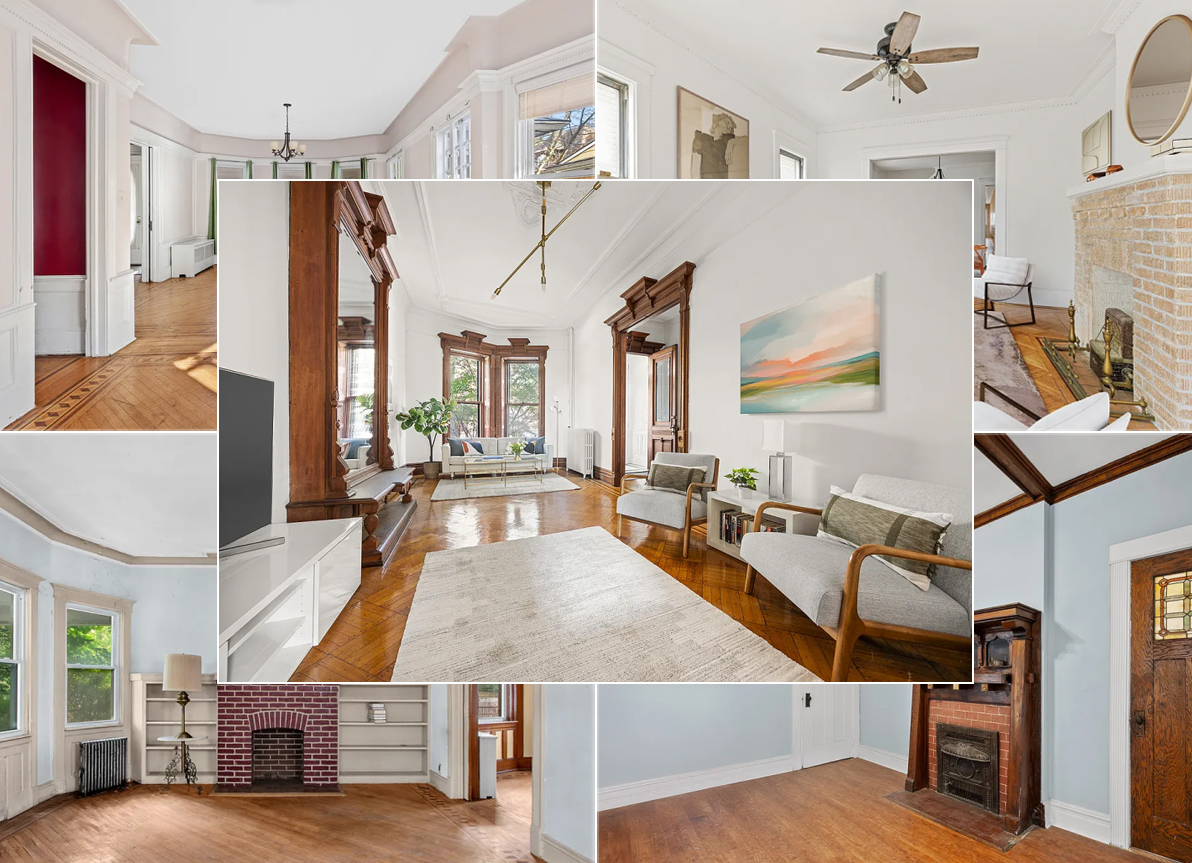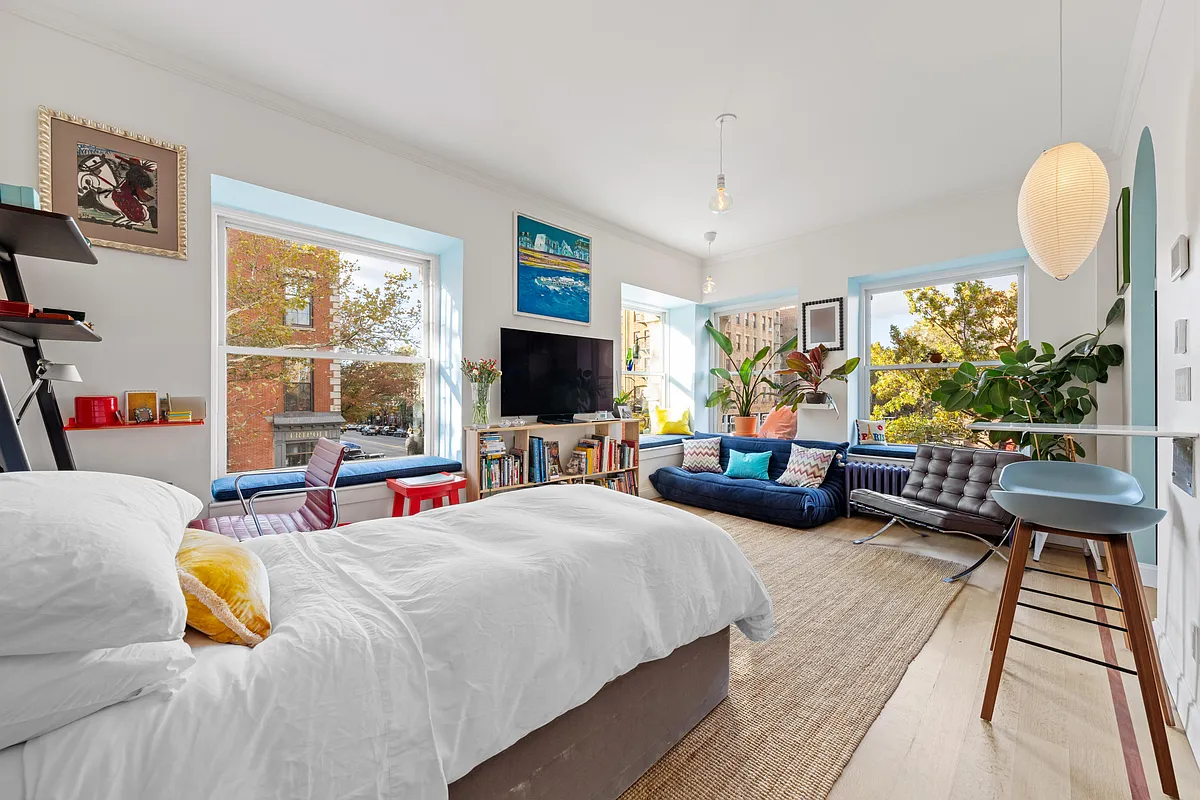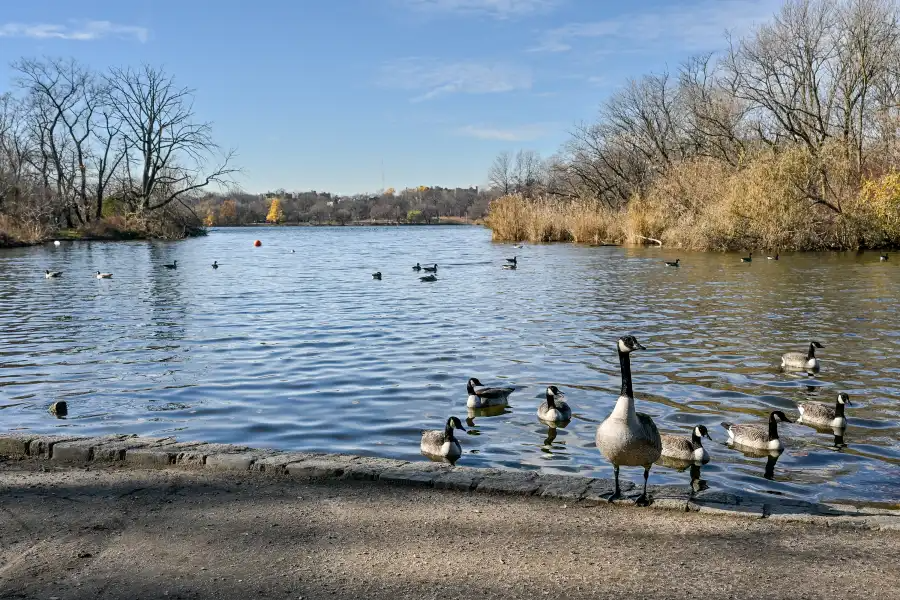News Flash: Everyone Wants to Live in the City
If you weren’t already convinced that city life is becoming increasingly preferable to suburban life, see this article in The New Republic, which looks at a trend called “demographic inversion”—a reversal of the white flight that helped hollow out the inner city beginning in the 1950s. The author quantifies what many Brooklynites already know: the…


If you weren’t already convinced that city life is becoming increasingly preferable to suburban life, see this article in The New Republic, which looks at a trend called “demographic inversion”—a reversal of the white flight that helped hollow out the inner city beginning in the 1950s. The author quantifies what many Brooklynites already know: the neighborhoods closest to vocational and cultural hubs (like, dare we say, Manhattan) and with shopping and services in walking distance are the most popular, forcing poorer folks to move further and further out. There’s been plenty of talk about the suburbs potentially turning into 21st century slums but what will 21st century cities look like if demographic inversion continues? “In the worst case, demographic inversion would result in the poor living out of sight and largely forgotten in some new kind of high-rise projects beyond the city border, with the wealthy huddled in gated enclaves in the center.”
Trading Places [The New Republic]
Beyond Gentrification [Curbed]
Photo by Daily Phototherapy.





Agree with most of the above comments. During my stay in France I was rather shocked @ how all the poor were shifted out of sight in the suburbs “banlieu” and yes forgotten unfortunately hence the riots and car burnings of 2006. It is the same all over France: Paris, Strasbourg, Marseille, Nice, Toulouse etc. Ditto for London, Madrid, Rome, & Barcelona. Tokyo had been immune to this trend for a long time given the large middle class population there but things are rapidly changing…more disparities in wealth.
Now in the case in NYC it may appear as if this trend will take a really long time because of public housing (Projects) and RS expansion but the overall market forces will ultimately achieve “demographic inversion” SADLY. I believe this is already the case in most of Chicago and San Francisco.
Benson, I think you make a valid point regarding working class people and the fact that they cannot afford luxury condos or $2 million browstones. I think what you will see is the the neighborhoods that are closest to Manhattan or to transit that can bring people into Manhattan (or possibly into dowtown Brooklyn in the future) will continue to increase in value over the long term and become more and more expensive. Most of the brownstone Brooklyn neighborhoods fall into this category. In fact, that is why there was so much brownstone property development in Brooklyn in the mid to late 19th century. Omnibuses (basically shuttles) carried people down major thoroughfares such as Fulton Street to the ferries to Manhattan where they worked as merchants, bankers, lawyers and other professions. They were not built as working class neighborhoods (working class people could not afford 4000 square foot four story brownstones – and I don’t mean that in a rude way, I’m just stating that to give some historical perspective as to why these neighborhoods were built in the first place and draw parallels to what is occuring now). This is really a return to that model.
I think other areas that are not as close to, or that do not have as convenient access to, Manhattan will not be as quick to rise in cost (outer parts of Brooklyn, large portions of Queens, Staten Island and certain parts of the Bronx) and will continue to be the enclaves of working class people for a much longer period of time.
We do need socioeconomic diversity within the five boroughs to have a robust economy. What we are seeing, in my opinion, is a return to a New York City where many professionals are living in the city, and not just on the UES or UWS. This seems shocking to those who grew up in the era of white flight when the city was a different place altogether dominated by poor and run down neighborhoods with a few “tony” districts in Manhattan.
That’s not to say that it is not unbelieveably expensive to live and buy property in NYC, it is, but I think the trend will continue with respect to professionals choosing to stay or move back into the city.
Junkman – yes the amount of construction in downtown brooklyn is truly shocking – but at least in this case – noone was really displaced. Look at all of the sites that are being built out. I don’t think any of them were formerly housing sites. Most of them were one story buildings that were in the process of wasting away. Some were gas stations. Some were just vacant lots. That’s actually (to me) the cool thing about what’s going on in Downtown Brooklyn – alot of high end housing being built without the usual downside of forcing the poor even further out. The poor were never really living here in the first place (except in the projects – which aren’t going anywhere). The only thing being displaced are some really low end retail establishments. And, at the risk of incurring UPROSE’s wrath – it’s hard to feel too bad about that. There are plenty of low-end retail districts in Brooklyn with vacant retail for them to relocate to.
You better hope this “inversion” thing doesn’t keep going. Otherwise we’ll need to hire some of those “white glove guys” like they have in Tokyo to stuff people into the subway cars.
This is a somewhat interesting article I just read, speaking of cities…
http://www.nysun.com/new-york/ny-fares-well-vs-london-in-a-new-study/83495/
This has definitely been happening (more people wanting to move to the city), but I’m wondering how long it can go on.
As the city gets more crowded and the burbs get cheaper (e.g., NJ real estate is going down much faster than NYC), the burbs become more appealing.
My wife and I got priced out of our Manhattan rental last year and moved to another rental in Park Slope. We’d like to buy a 2 bedroom at some point in the next few years, but I’m not sure we can afford to buy in the neighborhoods we’d prefer.
We’d hate to leave the city, but if the choice is (1) crappy place in good neighborhood, (2) decent place in bad neighborhood, or (3) nice place in the burbs, I think we’ll go with #3.
Not sure how many people will make the same decision we will. Seems like a lot of people have been choosing #2 and hoping the neighborhood will get better (i.e., better shopping, less street crime, better schools), but it seems there is more and more resistance to change in some neighborhoods and hostility to newcomers.
I think more and more people are regretting going with choice #2, and if the economy gets crappy for a few years, things will get worse before they get better since gentrification needs $$$ to happen.
“either by having a safer neighborhood or by having an asset they can sell or leverage for retirement purposes”
1842 Please put down the crack pipe, Go seek Jesus, he can help you. I got bad news for you. Baby Boomer will have no retirement. I this upcoming Depression (yes Depression) the Government will have to Nuke Social Security and Medicaid, You masters that hold sovereign US debt will demand it. You Asshats can keep your heads in the sand about this but it’s so over..
“st with respect to New York, from the early 1960s to the late 1980s/early 1990s will be an anomoly in my opinion.”
Hey Fucktard they have brought back redlining! It’s called “Declining Neighborhoods”
Is The FHA Prepared For Down Markets?
http://www.fhaloanpros.com/2007/10/is-the-fha-prepared-for-down-markets/
The purpose of the appraisal is to provide the lender/client with an accurate, and adequately supported, opinion of market value.á It is the appraisers responsibility to determine whether a property being appraised is located in a declining market.
Guess what? When the word is out that you live in a declining neighborhood the value of your “investment’ will be worth shit.
“Anyone walking down Flatbush near the Manhattan Bridge will be shocked to see the amount of construction of luxury high rises both condo and rental plus hotels. ”
Future Homeless Shelters for all the Junior Donald Trumps Posers!
The What (Tick Tick Tick)
Someday this war is gonna end….
Anyone taking a walk in Downtown Brooklyn can see the effect of this “Demographic inversion” in an exaggerated form. Skyscrapers popping up all over and Hotels plus Willoughby Square Park. In the case of Downtown Brooklyn, this displacement was expedited via the use of eminent domain. City Point, which will be the tallest building in Brooklyn, was a direct beneficiary of this. In other parts of the outer borough’s, this displacement will continue in a much more gradual way.
Anyone walking down Flatbush near the Manhattan Bridge will be shocked to see the amount of construction of luxury high rises both condo and rental plus hotels. Great for Brooklyn not so great for those being displaced. What did President Carter once say, “Life is not always fair”.
While this is how things look in almost all other major European and other major cities around the world, one thing to note is that in many of those cities there was never “white flight” in the first place.
I do agree that this “demographic inversion” will continue in New York City. Those who own property (including those who moved into parts of brownstone Brooklyn during the white flight years of the mid late 20th century) stand to do well for themselves – either by having a safer neighborhood or by having an asset they can sell or leverage for retirement purposes. Over the long term, the period of decline and neglect of certain parts of inner cities (which was created in large part by the advent of automobile/suburban culture and racist redlining of minority neighborhoods), at least with respect to New York, from the early 1960s to the late 1980s/early 1990s will be an anomoly in my opinion.